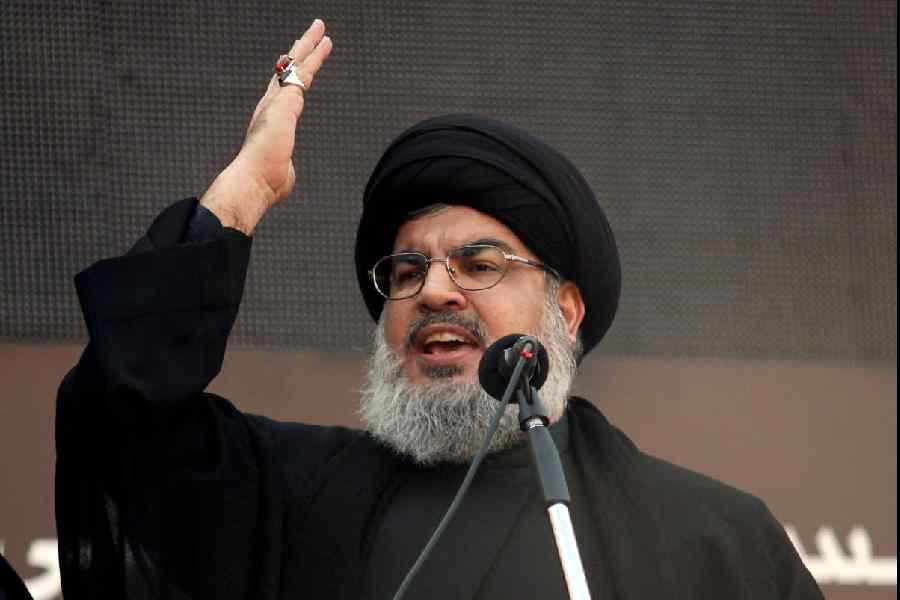Israeli leaders had been aware of Hassan Nasrallah’s whereabouts for months and decided to strike him this past week because they believed they had only a short window of opportunity before the Hezbollah leader would disappear to a different location, according to three senior Israeli defence officials.
Two of the officials said that more than 80 bombs were dropped over a period of several minutes to kill him.
They did not confirm the weight or make of the bombs.
Hezbollah operatives found and identified Nasrallah’s body early Saturday, along with that of a top Hezbollah military commander, Ali Karaki, according tothe officials, who cited intelligence obtained from inside Lebanon.
All three officials spoke on the condition of anonymity to discuss a sensitive matter.
Hezbollah confirmed on Saturday that Nasrallah was killed in the Israeli strikes.
The operation had been planned since earlier in the week, as Israeli political leaders spoke with their American counterparts about the possibility of a ceasefire in Lebanon, and before Benjamin Netanyahu, the Israeli Prime Minister, left Israel to give a speech at the UN, according to two of the officials.
All three officials said that Hashem Safieddine, a cousin of Nasrallah who is a key player in the movement’s political and social work, was one of the few remaining senior Hezbollah leaders not present at the site of the strike.
They said that Safieddine, who has long been considered a potential successor to Nasrallah, could be announced shortly as Hezbollah’s new secretary-general.
Israeli airstrikes continued to pound Beirut’s southern suburbs overnight.
Visual evidence analysed by The New York Times showed the aftermath of several strikes stretching across at least 5 km of the densely developed area.
Some of the strikes hit inside the areas that Israel’s military had warned residents to leave, some at 3 am (local time). Some of the apparent attacks occurred outside of those areas. Israel said it was targeting anti-ship missiles in many of the strikes.
Iran flights
Iran announced that all flights to Beirut are cancelled on its national carrier, Iran Air. The three-hour flight from Tehran served as a direct link between Iran and Hezbollah, shuffling officials, militants and cash, as well as civilian passengers.
The land connection through Syria, which was a major route for supplying weapons to Hezbollah, remains compromised because of Israeli strikes on roads and bridges.
US embassy staff
The US department of state on Saturday ordered some employees at its embassy in Beirut and their eligible family members to the leave Lebanon amid escalating tensions in West Asia.
“US Embassy Beirut personnel are restricted from personal travel without advance permission,” it said in a statement.
“Additional travel restrictions may be imposed on US personnel under Chief of Mission security responsibility, with little to no notice due to increased security issues or threats.”
The advisory covered eligible family members as well as non-essential employees.
New York Times News Service










